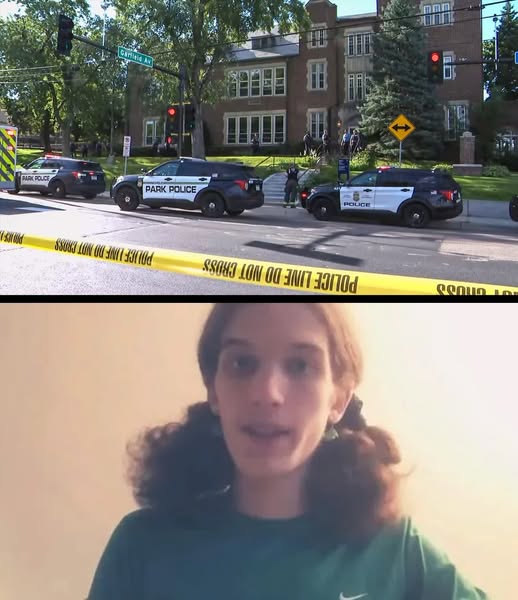In the aftermath of the Minneapolis church shooting, coverage of the suspect, Robin Westman, has begun to follow a troubling and familiar pattern. Reports have focused heavily on the fact that Westman was transgender, a detail that, while factually accurate, is largely irrelevant to understanding or preventing mass violence.
This kind of framing is not just misleading — it’s dangerous.
Identity Does Not Explain the Violence
The simple truth is that being transgender does not explain why someone commits a mass shooting. The data is clear: less than one-tenth of one percent of mass shootings in the U.S. involve a transgender person. The overwhelming majority — over 97% — are carried out by cisgender men, disproportionately white, and often motivated by right-wing ideologies.
Yet, when those patterns emerge, they rarely dominate headlines. Instead, stories about white, cisgender shooters often pivot to personal struggles, mental health issues, or isolated “red flags”, treating the perpetrator as an individual. When a shooter happens to be trans, however, the narrative shifts to implying something inherent about an entire community.
This is not responsible journalism; it’s scapegoating.
The Political Playbook: Create a Convenient Villain
It’s no surprise that right-wing media and politicians have seized on Westman’s identity. For years, transgender people have been a favorite target in broader culture-war narratives, portrayed as a societal threat despite making up less than 0.6% of the population.
By highlighting Westman’s gender identity, these outlets are not engaging in good-faith analysis of the crime or its causes. They are mobilizing outrage to advance unrelated agendas — pushing anti-trans legislation, fundraising off fear, and distracting from genuine policy solutions to violence.
This strategy allows them to avoid confronting the true drivers of mass shootings:
- Unfettered access to firearms in a country with more guns than people.
- Radicalizing online ecosystems that fuel extremist ideologies and conspiracy theories.
- Weak enforcement of existing laws and lack of political will to address these systemic issues.
The Double Standard in Coverage
When a shooter is a cisgender white man — as most are — the framing tends to soften:
- Words like “loner,” “troubled,” or “misunderstood” dominate.
- Coverage often delves into their childhood traumas or hobbies, humanizing them in ways never afforded to marginalized shooters.
- Broader systemic causes, like right-wing extremism or misogyny, are downplayed or ignored altogether.
When the shooter is trans, however, their entire identity becomes suspect. Headlines, talking points, and political commentary turn a singular act of violence into a condemnation of an entire marginalized group, regardless of evidence.
This disparity isn’t just unfair — it’s counterproductive. It fuels stigmatization, misinformation, and policy debates divorced from reality, making future tragedies more likely, not less.
The Real Conversation We Should Be Having
The Minneapolis shooting is a tragedy. Two children are dead, and many more lives have been forever altered. The community deserves answers, justice, and action.
But obsessing over the shooter’s gender identity will not make anyone safer. What might?
- Stronger gun laws that reduce access to weapons of war.
- Monitoring and dismantling extremist networks online.
- Addressing the social conditions — poverty, isolation, lack of mental health care — that often precede violence.
To focus on identity alone is to miss the forest for the trees. It’s a distraction that plays directly into the hands of those who benefit from inaction on gun violence.
As the nation reels from yet another mass shooting, the choice is clear: we can either chase scapegoats, or we can confront the real problem.

Leave a Reply